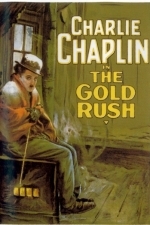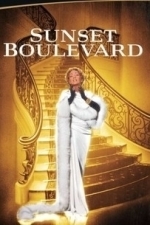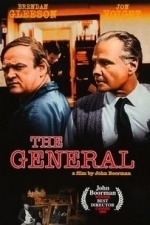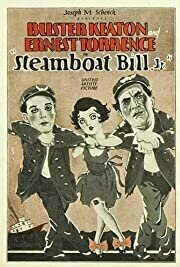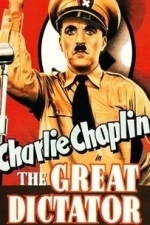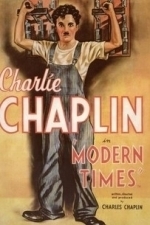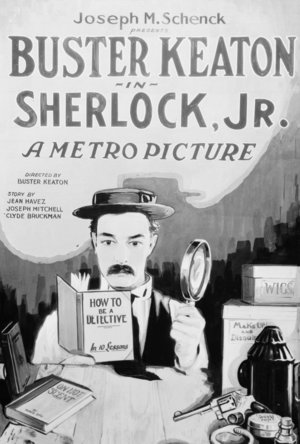Search
Search results
Guillermo Del Toro recommended The Gold Rush (1925) in Movies (curated)
Guillermo Del Toro recommended City Lights (1931) in Movies (curated)
Chuck Palahniuk recommended Sunset Boulevard (1950) in Movies (curated)
John Lasseter recommended The General (1998) in Movies (curated)
Jim Broadbent recommended Steamboat Bill Jr. (1928) in Movies (curated)
Benny Sadfie recommended City Lights (1931) in Movies (curated)
Don Hertzfeldt recommended The Great Dictator (1940) in Movies (curated)
Don Hertzfeldt recommended Modern Times (1936) in Movies (curated)
Andy Garcia recommended The General (1998) in Movies (curated)
Kirk Bage (1775 KP) rated Sherlock, Jr. (1924) in Movies
Jan 28, 2021
I have seen and very much enjoyed the work of Buster Keaton in the past, most notably The General, which knocked me sideways by how inventive and genuinely funny it was. My main movie love for the silent era is Charlie Chaplin, and much like it is possible to like The Beatles and The Rolling Stones but only truly love one, Keaton will always be second best for me. But what a second best. Genius is an overused word, of course, but pioneer says it better anyway. The sheer volume of invention per minute is magnificent – from the technical editing techniques that were created just for this film, to the forms of visual comedy that broke the mould and raised the bar in every scene.
Most memorable is the cinema scene where Keaton’s love sick amateur sleuth tries to hide by actually entering the screen – a trick paid homage to in many movies since, including Woody Allen’s The Purple Rose of Cairo. It is astonishing to think he not only thought of doing this in 1924, but also pulled it off with jaw-dropping special effects for the time. It’s also really funny. You don’t have to force a laugh because you feel you should, it is still clever and amusing almost 100 years later. In fact, the entire 46 minute print still looks so good it is hard to believe it is that old in any way. Surely one of a handful of half length films from the period that will always be watched for what they are and not just museum pieces.
Most memorable is the cinema scene where Keaton’s love sick amateur sleuth tries to hide by actually entering the screen – a trick paid homage to in many movies since, including Woody Allen’s The Purple Rose of Cairo. It is astonishing to think he not only thought of doing this in 1924, but also pulled it off with jaw-dropping special effects for the time. It’s also really funny. You don’t have to force a laugh because you feel you should, it is still clever and amusing almost 100 years later. In fact, the entire 46 minute print still looks so good it is hard to believe it is that old in any way. Surely one of a handful of half length films from the period that will always be watched for what they are and not just museum pieces.
